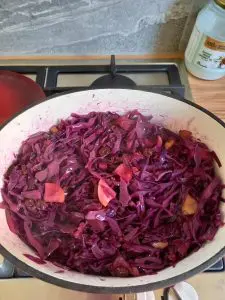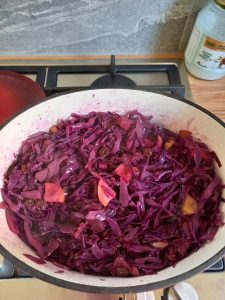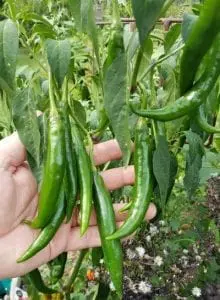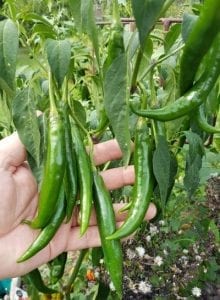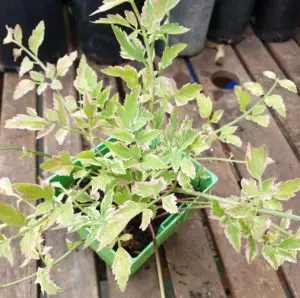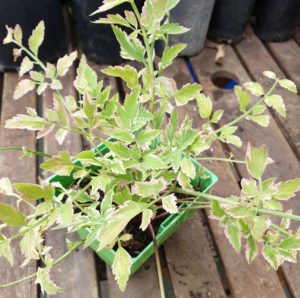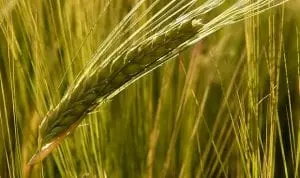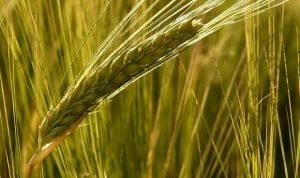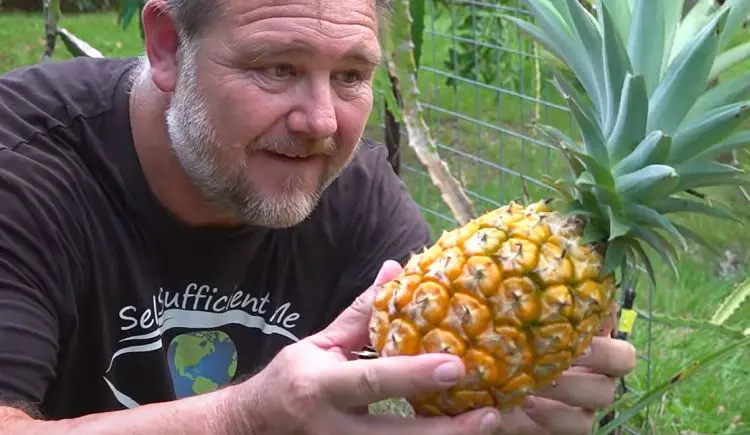
I’ve been growing pineapples for over a decade here at my home in south-east Queensland, Australia. During that time I’ve learned a lot about them- especially how easy they are to grow.
In a nutshell, pineapples are low-maintenance, very hardy and have a broad growing range. They like warm weather but if you live somewhere cooler don’t be scared to give them a go indoors in pots or in a greenhouse. Pineapples are incredibly easy to grow from old pineapple tops so are a great fruit for beginners to start with. So easy, in fact, that you’d be hard pressed to have a pineapple plant fail. All you need is some sun and a place to put them!
How do I Get Pineapple Plants?
You can buy pineapple plants from the nursery, but we never do. We always get our new plants off the pineapples we buy at fruit shops or flea markets. Any time we buy a whole pineapple to eat, we simply use the offcut top to grow a whole new pineapple plant. Basically we eat the pineapple fruit then plant the spiky top in soil to create an entirely new plant. I mean literally just plant that offcut top straight into soil. You can also suspend the top in a jar of water and wait for it to grow roots before planting out, but this is an unnecessary extra step.

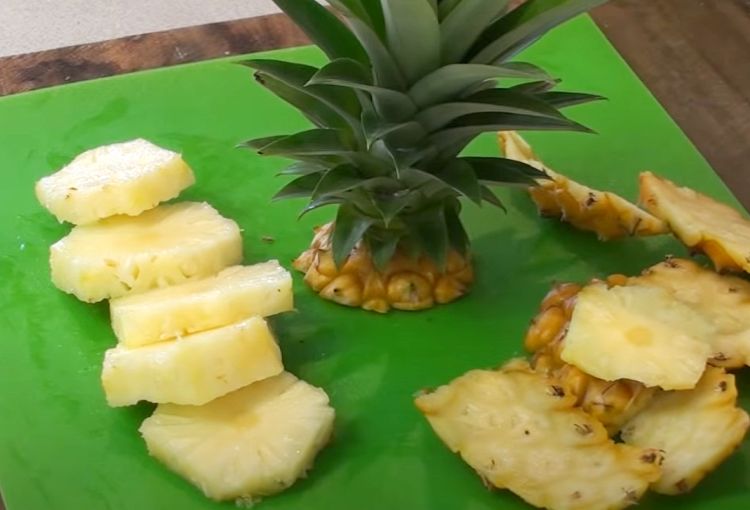
Pineapple Growing Conditions
Pineapples prefer a warm climate with some humidity, so subtropical Australia is ideal. This is the equivalent of USDA zones 10 & 11. Even though they are a fruiting plant, pineapples will work in an ornamental garden too. They are related to bromeliads and visually complement some cacti and succulents, so would make a great feature plant if surrounded by low-growing succulent-type plants. Just remember, they won’t tolerate frost, and the cooler the climate, the more sun they’ll need.

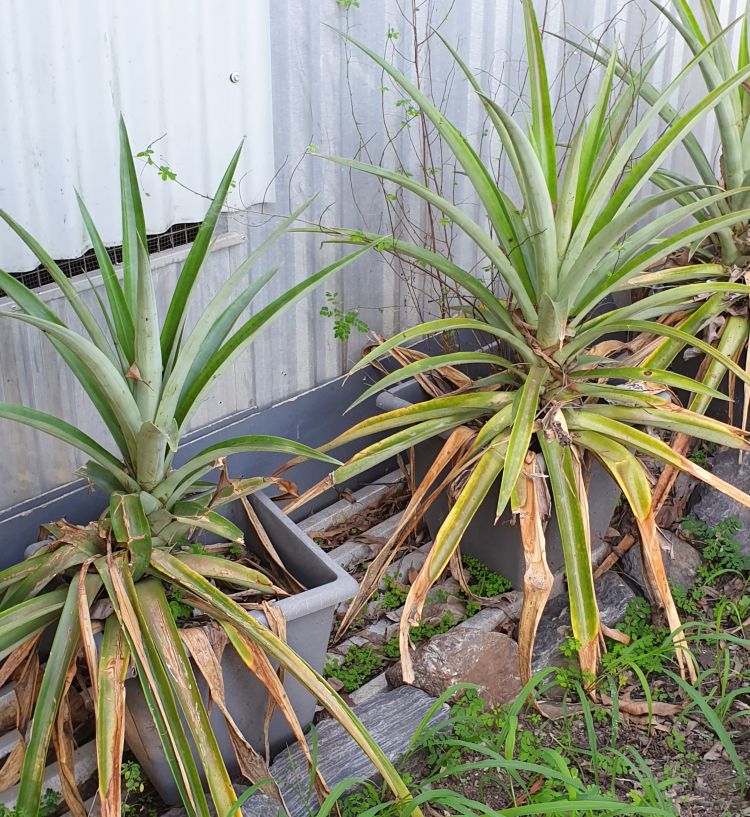
You can grow them in pots, too. This gives great versatility if you’re short on space or are not quite sure where to position them. Choose a pot that’s at least 40cm (15″) high and they’ll never need transplanting. Growing pineapples in pots won’t make the fruit smaller; you’ll still grow full-sized fruit.
Pineapple plants like a lot of sun & not too much water. They are extremely drought resistant & highly resilient. If you have a spot that the hose can’t reach or is difficult to water, that’s perfect. If you tend to forget about your plants well that’s going to be okay too- pineapples are the one fruiting plant that’ll be able to tough it out. Pineapples small root system can get root rot from having wet feet, so make sure they have good drainage at all times.
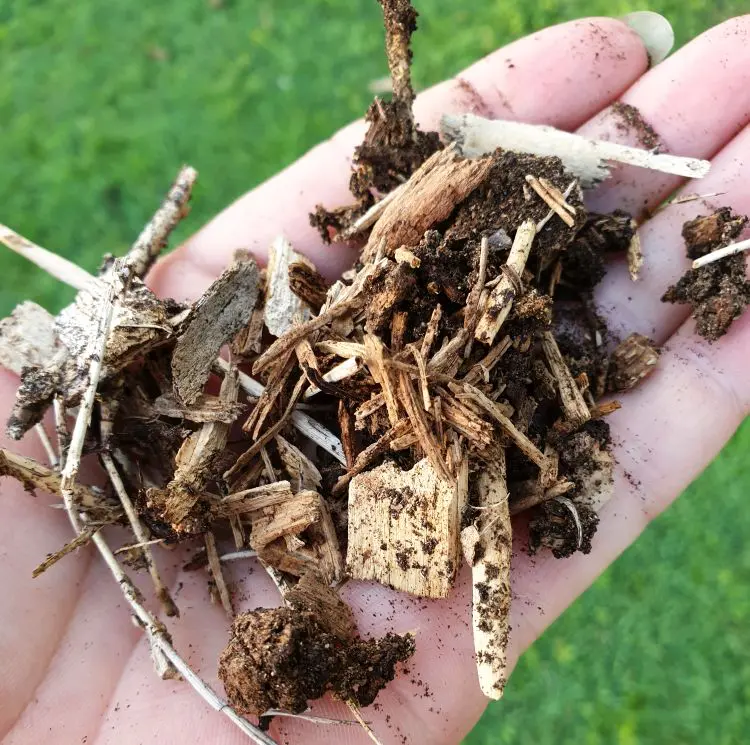
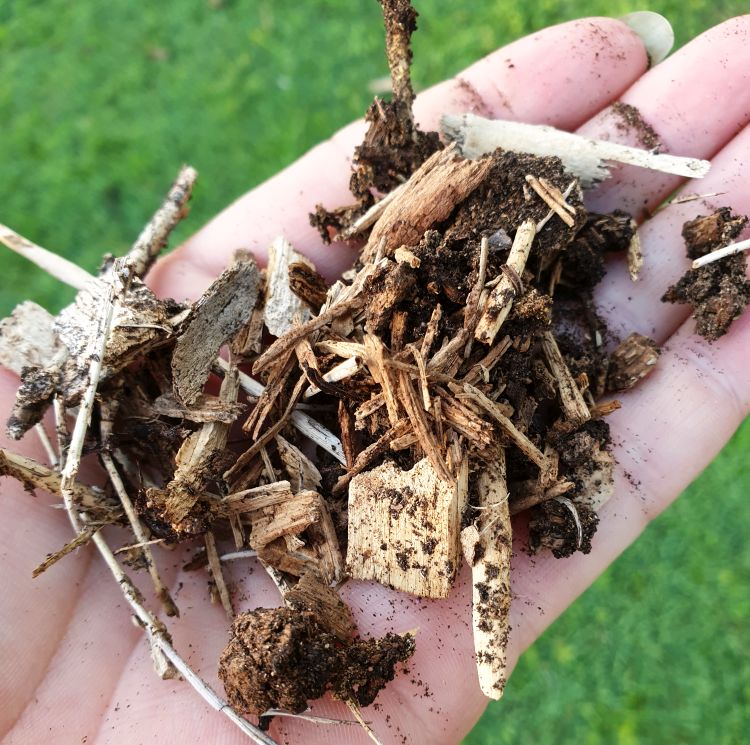
Pineapples tolerate poor soils. In fact, they dislike rich soils full of nutrients. You can add a bit of compost at the time of planting but they won’t want more than that. If the leaves have a brown/purplish tinge to them a few months after planting, then you can apply a light liquid fertiliser to the leaves. Pineapples draw a lot of nutrition through their leaves so spraying them directly will work best. Don’t over-do it or the foliage can burn. Woodchip is an ideal mulch to use around pineapple plants, as they prefer the mild acidity it brings to the soil underneath.
Getting the Fruit
Lucky that pineapples are so delicious, because you have to wait a while for them. These plants take from 18 months to 2 years to bear fruit, and each plant usually gives just one pineapple at a time.
The best way to know if a pineapple is ready for picking is to wait until it falls over. The strong stem literally flops over, as shown below. You’ll also be able to smell the ripeness- just walk past a ripe pineapple on the plant and you’ll know what I mean!

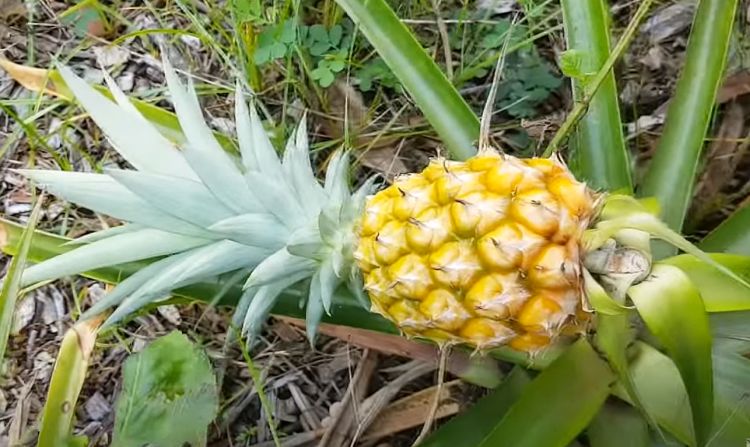
It’s important to harvest pineapples at just the right time, because they won’t ripen any further once picked. Pineapples draw sugars up from the stem of the plant during the final stages of the ripening process, so leaving it on the plant for as long as possible produces a sweeter & better tasting fruit.
Propagating
As explained above, you can simply cut the tops off pineapples to grow more plants.
Just like other succulents, pineapple plants often put out ‘pups’. These are basically tiny new plants which you can pull off and plant out. You won’t always get pups from your plants, but if you do, it’ll be after they fruit.
So go ahead and grow pineapples- your tastebuds will thank you for it!

